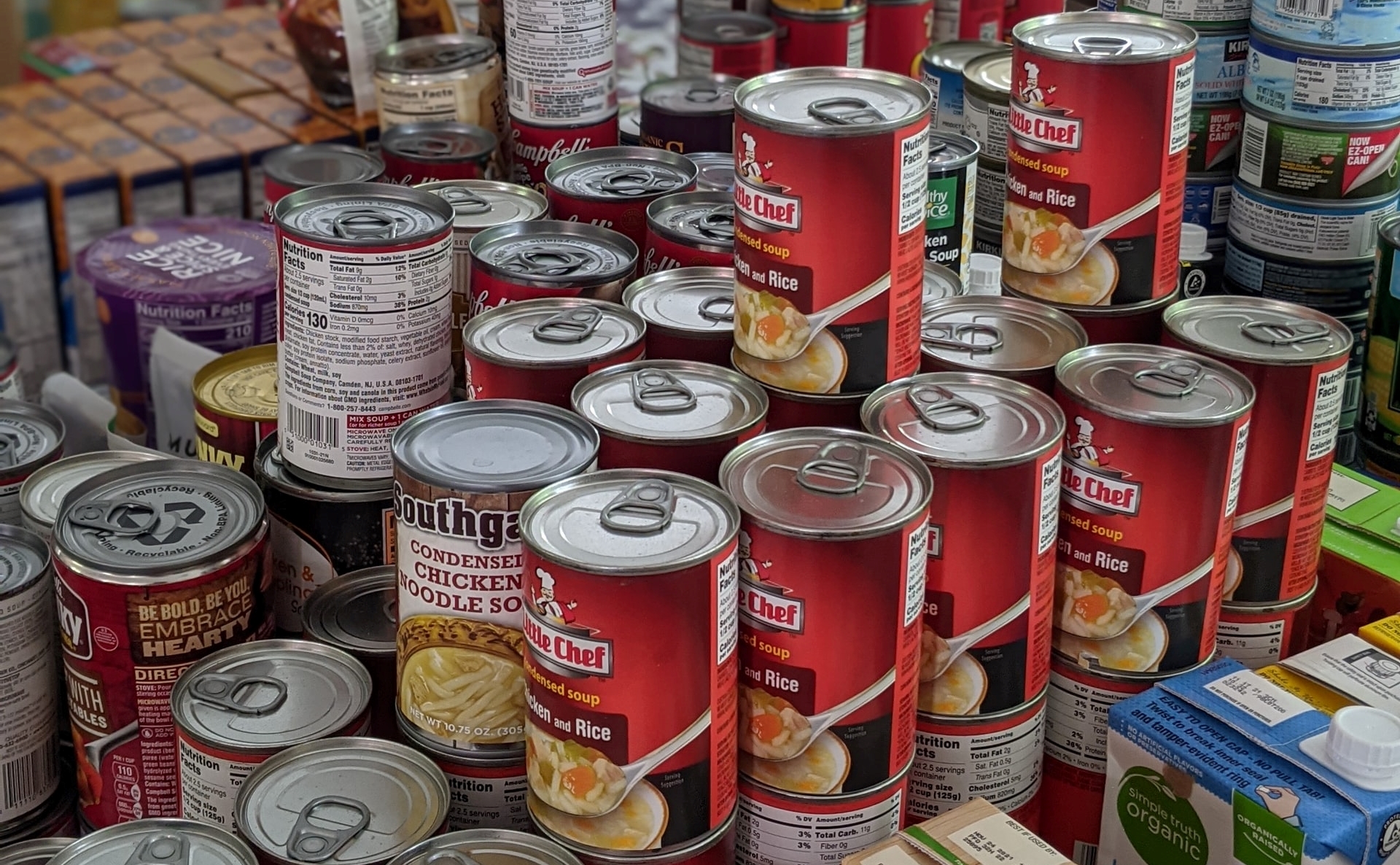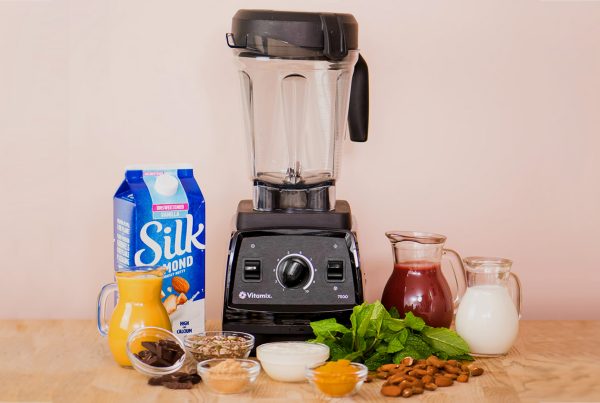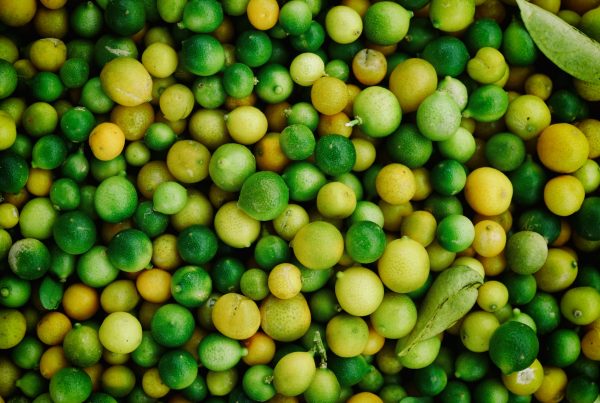When we are grocery shopping, we instinctively look for cues and signs that we are picking the best and freshest food possible. This means oftentimes comparing expiration and best before dates (which can be its own challenge to find) because of course we don’t want to buy something expired, or that will go bad tomorrow.
But do we all really understand what those dates mean? And what’s the difference between an “expiration date” and a “best before” date?
When it comes to saving food, making sure we use something before it goes bad is the biggest battle! Let’s understand these dates more so we can waste less food at home.
(Ps, did you know: knowing the differences between expiration and best before dates is one of the challenges in the 21 Food Waste Challenge -sign up now and get 21 daily tips, tricks, and resources to help you waste less and eat more precious food).
Let’s get to the bottom of these dates!

Figure 1. Example of expiry date
Expiration dates
Expiration dates seem pretty straight forward, but are they? Not really. You’d think all food products would have an expiration date, but only select food categories are required by law in Canada to include expiration dates. They include:
- Formulated liquid diets
- Low-energy prescribed diet foods
- Meal replacements
- Nutritional supplements
- Human milk substitutes & baby formula
Expiration dates exist for these foods as they have strict compositional and nutritional content which may no longer be met and provided after a certain date, i.e. the expiration date. Once these types of foods have gone past the expiration date, they should be discarded and can no longer be bought or sold. As seen on the photo above, EXP which denotes expiration date, is followed by the year, month, and day. Looks like this item has gone past its expiration date!
So, if expiration dates only exist for such a limited number of food categories, what are all the other dates we see on our food every day? What does a “best before” label mean?
Best-before dates
Best-before dates have nothing to do with how safe our food is, neither before or after it is opened. Best-before (BB) dates are for unopened and properly stored foods (once items are opened or not stored properly the BB date becomes irrelevant). That’s right, once you open up a package or a tub of cream cheese, the date on the package is no longer in effect.
Best-before dates are selected by manufacturers to provide information to customers about how long their products retain the highest quality standards. What does highest quality standards mean? It means that until the best-before date, products will be freshest with ideal texture, taste and accurate nutritional value as reflected on the package.
So best before dates really have nothing to do with safety and more to do about quality and freshness. Some quick examples: an unopened juice bottle might still be safe for consumption past the best-before date if it has been stored according to the manufacturer’s instructions, however, might now contain less vitamin C than displayed on the label. Pasta may become brittle, or, a bag of unopened cookies past the best-before date might be stale but is not unsafe to eat! Therefore, it might be worth having a bite of these cookies to check whether they still taste good before tossing them away.

Figure 2. Example of best-before date
How to read the dates? In the picture above, BB stands for Best Before, and MA stands for Meilleur avant (the equivalent in french). The year will always be first, followed by the month and day. The other numbers are not relevant. Here’s a list of how months are abbreviated:
JA: January | FE: February | MR: March | AL: April | MA: May | JN: June | JL: July | AU: August | SE: September | OC: October | NO: November | DE: December
Food past the best-before date
So, what does all this mean? It means that technically, you can eat, purchase and sell foods that have passed their best-before date.
However, there is no one-rule-fits-all.
While you may eat cookies or other properly stored foods which have passed their best before dates, improperly stored foods can go bad before their best before dates. For example, poorly stored milk or cottage cheese will go bad before its best before date if stored poorly. Use your judgement and senses (as well as resources like the internet) to assess whether a food is still good to eat.
However, do NOT rely solely on your sight and/or smell as some bacteria are not visible to the human eye or detectable through the nose. If you have any doubts then it’s best to repurpose, discard or compost if possible.
Keeping foods at their best
Food needs to be refrigerated quickly after purchasing to ensure the best before date remains accurate. Some foods can also be preserved beyond their best-before through appropriate freezing (up until the best before date). Once frozen the best-before date on the packaging is no longer relevant. We recommend labelling items with the freeze date to keep track. All foods have different freezing shelf life so grab your phone and give it a quick search to make sure you’re aware of the specifics. Here’s a useful guide on safe food storage times in both fridge and freezer conditions.
When best before dates is displayed
Products that have a shelf life of 90 days or less are required by law to display a best-before date and specific storage instructions if different than normal room temperature storage. Products that have a durable shelf life of 90 days or more are not legally required to display a best-before date, but many still do. It is the responsibility of manufacturers to decide whether food has a durable life of 90 days or less.
But here’s something to chew on, manufacturers do not follow a strict scientific method when it comes to setting best before dates that ensure product quality. They estimate their dates conservatively, by 20%. So if a food item could last 100 days, the manufacturer might mark the best before around the 80 day mark. To ensure it doesn’t spoil before you expect it. That being said, it is in fact not illegal to sell a product that is past its best before date.
Other labels
‘Packaged on’ labels might be used instead of best before dates for products packaged at the retail stores, in such cases products must have information about the durable life of the unopened food on that packaging
Takeaways/Conclusion
Now you know the difference between expiration and best before dates. Great! Knowing this will help you advance on your journey towards reducing your own food waste. So next time you’re at the store, don’t be so quick to be turned off by foods that are close to the best-before dates. Feel confident grabbing them before they are thrown out by the store because no one else wanted to buy those items! But remember, to reduce your waste further, keep in mind you can take other steps such as only buying what you need, and freezing foods you won’t use. Check out the 21 Day Challenge to see what other tips and tricks you can learn!
Article written by:
Camille Potier, Impact Specialist
Camille is passionate about sustainability and enjoys asking questions about every kind of topic to learn how things work. Having a background in environmental policy, geography, economics and management she loves thinking about the big picture while also understanding how topics are interconnected.







